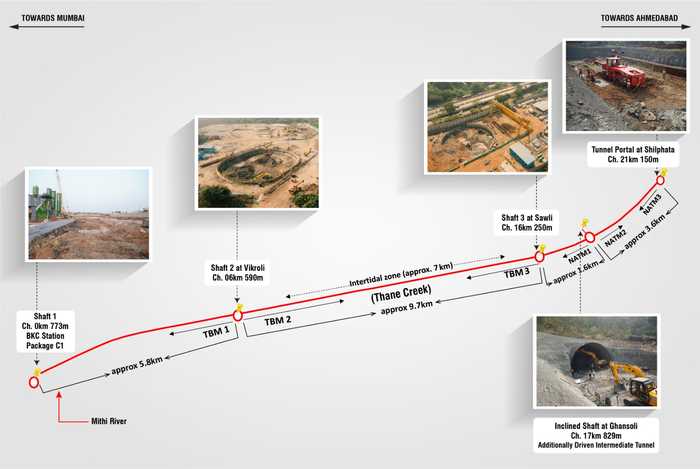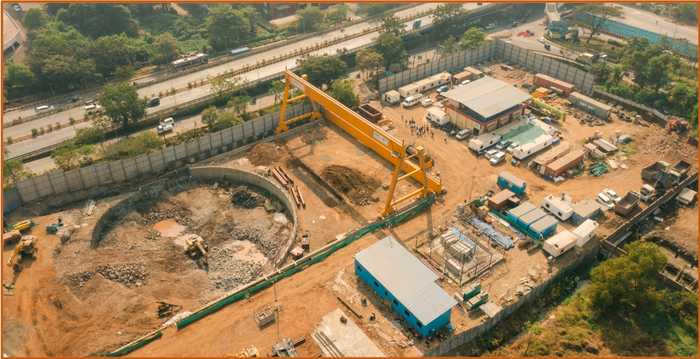Published 13:29 IST, February 8th 2024
The entire tunnel bridge is designed as a single tube tunnel to accommodate both twin tracks for up and down directions.
Advertisement
Mumbai: The National High Speed Rail Corporation Limited has achieved a significant milestone in the Bullet Train project with the completion of a 7 km undersea bridge in Maharashtra. This marks a crucial segment of the overall 21 km tunnel bridge, linking Bandra Kurla complex and Shilphata. While the undersea construction is concluded, other parts of the tunnel bridge are still in progress.

The entire tunnel bridge is designed as a single tube tunnel to accommodate both twin tracks for up and down directions. Additionally, 39 equipment rooms at 37 locations will be incorporated into the adjoining tunnel areas as part of the overall construction phase.
Advertisement

To construct similar tunnel bridges, three tunnel boring machines will be used to create a 16 km tunnel portion. However, a 5 km stretch will be constructed using the new Australian tunnel method. The tunnel's depth will vary between 25-57 meters from ground level, with the deepest point situated under Parsik Hill near Shilphata, reaching approximately 114 meters.
The challenging task of construction in the existing topography has posed various issues for the ground-level officials. Controlled blasting was implemented with careful consideration for noise and air pollution, particularly in densely populated areas. The project faced complexities in the city, with existing infrastructure like metro lines and ongoing constructions. Careful planning and controlled blasting were crucial in densely populated zones, and the disposal of excavated material was supervised by the Maharashtra Pollution Control Board, with GPS tracking for each trip, as explained by a senior official of the NHSRCL.
Advertisement
13:27 IST, February 8th 2024